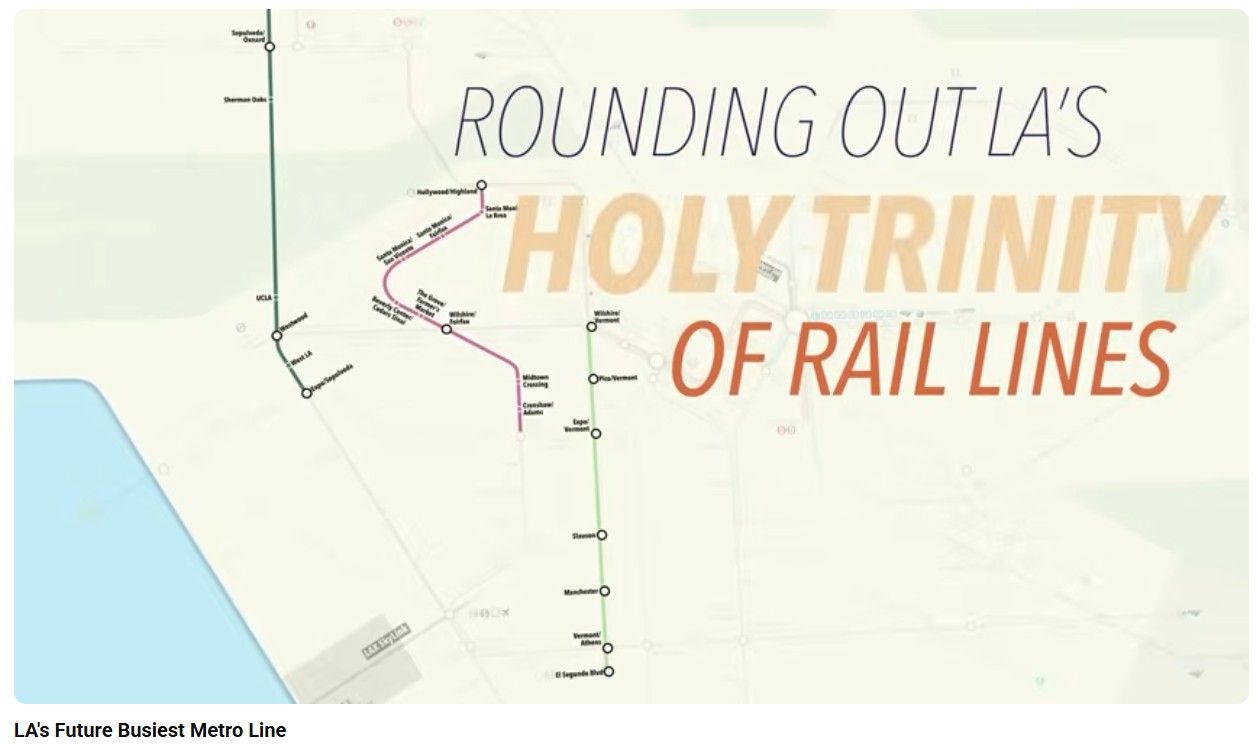Environmental groups have long called for a national "fix-it-first"
standard to apply to new transportation projects, requiring states
to focus on repair of existing infrastructure before constructing new
lane miles. The approach has caught on in several state capitals, but
not in Washington -- except when it comes to water infrastructure.
 A sign
A signadvertising "spring water" coffee in Boston, where a state of emergency
was declared last weekend following a water main burst. (Photo: AP/Globe)
As
the Washington Post reports
today, the Environmental Protection Agency (EPA) quietly released a
new policy last month that tells state officials to use their $3
billion-plus in annual federal water grants to shore up creaky pipes
before serving new housing developments on the outer edges of urban
areas.
From the Post's piece:
The new guidance arguably arrives five years too late --after ahome building boom that swallowed up vast swaths of land. But buildingwill eventually resume, and EPA officials say the leverage of thefederal funding ... could coax states toward a more sustainable form ofdevelopment. With so many cities contending with aging water pipes andsewer lines, officials say, it makes most sense to address those needsfirst.
The EPA's announcement was met with criticism from the home
building industry and state water supervisors who do not believe their
mandate should include preventing unsustainable growth.
But amid multiple ominous signs about the health of the nation's
water systems -- a burst
pipe that left millions of Bostonians without usable faucet water,
and a
long-term deficit of about $500 billion in state water funds -- a
show of effectiveness for "fix-it-first" rules could strengthen the case
for applying them to transportation projects in the future.






